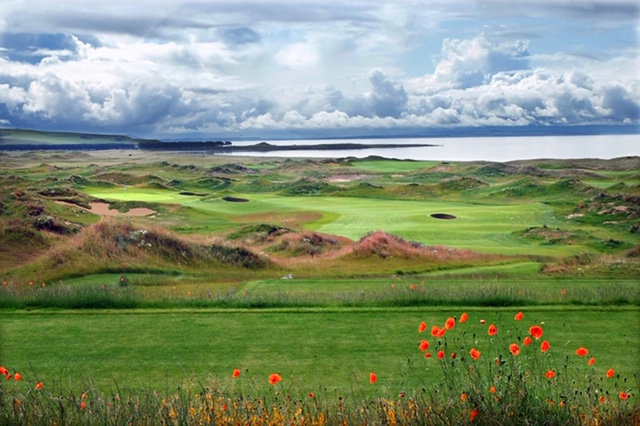

Professional golfer Clive Clark competed in 12 British Open Championships and attended 18 more as a commentator for BBC television. That experience, in addition to his appearance on the European Ryder Cup team, has given him intimate exposure to most of the world’s best-known championship links golf courses – the most exalted of which is The Old Course at St. Andrews, the spot on which golf was first played around 1400 AD – well before explorer Christopher Columbus was even born.
Clark, in May of 2020, will open a brand new links golf course on the east coast of Scotland near the St. Andrews, which has hosted the Open Championship 29 times since 1873. Clark’s creation is Dumbarnie Links. But is it especially daring to create a course in the shadow of history?
Building the shadow of history
“Some people say I’m a cheeky young thing, but I will take that as a great compliment because I am not young anymore,” Clark laughed while speaking to me by telephone on a sunny Scottish day. He said the Scots would describe him as ‘bonnie.’ “In Scotland the weather can be a bit in and out, but it’s just a wonderful place for golf around here in St. Andrews and Fife. I have played in Open Championships at the Old Course and I commentated for BBC for 18 years, so I have seen it many, many times and I love the Old Course. It’s quirky. There are many courses here at St. Andrews now – a lot of them links courses. And Dumbarnie being a links course makes it very special.”
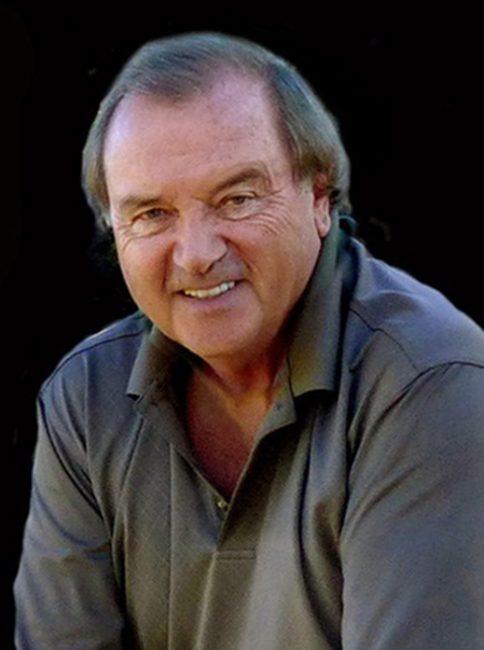
Clark, an Englishman, also played on a British Ryder Cup team and made a hole-in-one in the Masters Tournament before he began a career designing 30 golf courses, explained why a true links golf course is special. Of the world’s 34,000 courses, only 246 of them are authentic links courses.
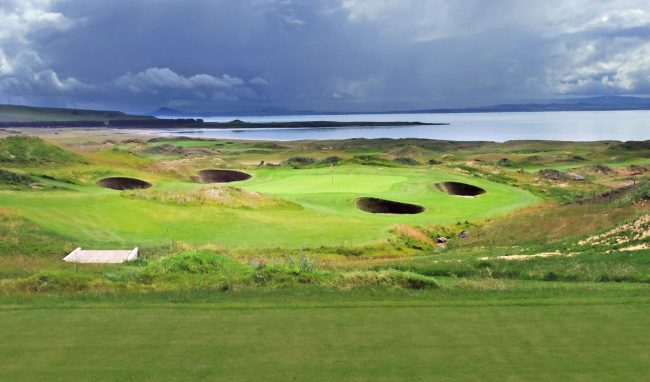
“A links course has to be near the ocean or water and it’s got these fine fescue grasses and very few (if any) trees at all,” said Clark, who was given a very natural, 345-acre piece of genuine links land an hour north of Edinburgh on a long expanse of beach. 14 of the holes will have sea views. “We started with two nice dunes outside of the coastal dunes, and fortunately we are low so we have some high ground and it’s all on sand, which is delightful. We’ve manufactured over 600 dunes now, but they look very natural. I think it’s going to be a very exciting golf course.”
Drivable Par-Fours For Big, Daring Hitters
Television viewers have watched the Open Championship on television the many times it has been contested at the Old Course at St. Andrews. The 356-yard 18th hole, which plays right into the corner of town, has become a drivable par-four – that is to say players can reach the green with their tee shots.
“I played in a couple of Opens with Jack Nicklaus in the third and fourth rounds and Nicklaus drove the 18th hole way back then. Nicklaus was very long. The players hit the ball much longer now and the equipment is better,” Clark admits. “But I love short par-fours. On Dumbarnie we have three par-fours where if the wind is favorable, and the player is a reasonably long hitter and playing off the correct tee, they are drivable. But you have to carry something in order to actually get on the green.”
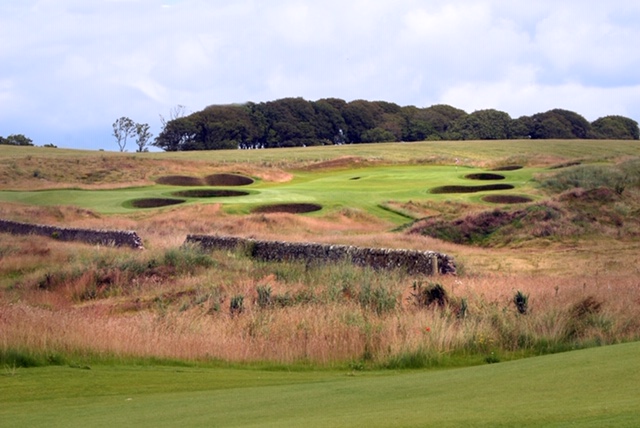
The 17th hole at Dumbarnie Links is a perfect example. The hole has an alternative fairway on the left of an old wall.
“For those who go for the heroic shot to the green, though, you will see there are nine precocious pot bunkers,” cautions Clark. “The very long hitter can drive the green and then he’s licking his chops figuring he will get a birdie…or maybe even an eagle. The lesser player plays it the safe way and he will only have a wedge or a nine-iron into the green. Or maybe for once he has a chance to go for it. I liken it to shopping at Harrod’s when there’s a 50-percent-off sale on. You feel good about things.”
A Golf Challenge Which Encourages and Inspires
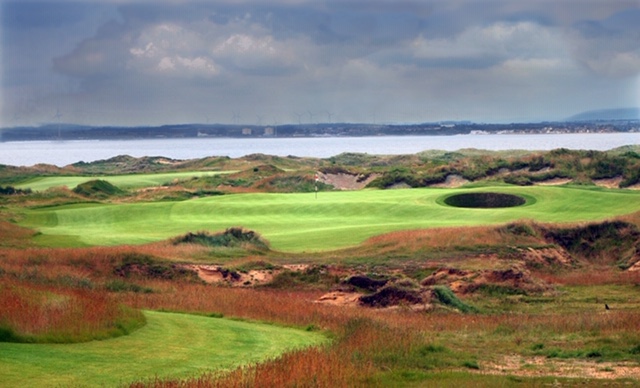
The total yardage for Dumbarnie Links is 6,900 yards. Tournaments can be accommodated up to 7,600 yards, but Clark knows 6,900 yards in the wind conditions from elevated tees along make 6,900 yards long enough for any player.
“As a golf architect I like inspiring the average golfer because it’s such a difficult game even at the highest level. Tiger Woods is the greatest player the world’s ever seen. You ask Tiger if the game is easy. No – it’s difficult even for him on a given day,” says Clark, who has played and studied golf in 36 countries. “But that’s the wonderful thing about golf. You’ll hit some good shots which will bring you back the next day. Tomorrow might be a great day, but the day after not quite as good, but you hit a few good shots.”
Clark hit more than a few good shots in 1967 when he finished, tied with Gary Player, for third-place in the Open Championship at Royal Liverpool Golf Club. Roberto De Vicenzo finished six shots ahead of Clark and two clear of defending champion Nicklaus.
Dumbarnie Links will be a daily-fee course available for play at the “Home of Golf.”
ContactTravel Writer Michael Patrick Shiels at [email protected]
- e.baldi is Beverly Hills Best Italian Dining Delicacy - April 23, 2024
- Ashford Castle Hotel, U2’s Bono and Why Visting Ireland is So Entertaining - March 28, 2024
- Solo Travel to Oceania Cruise Ports St. Barth’s and Barbados Became Authentic Cultural Encounters - February 27, 2024
